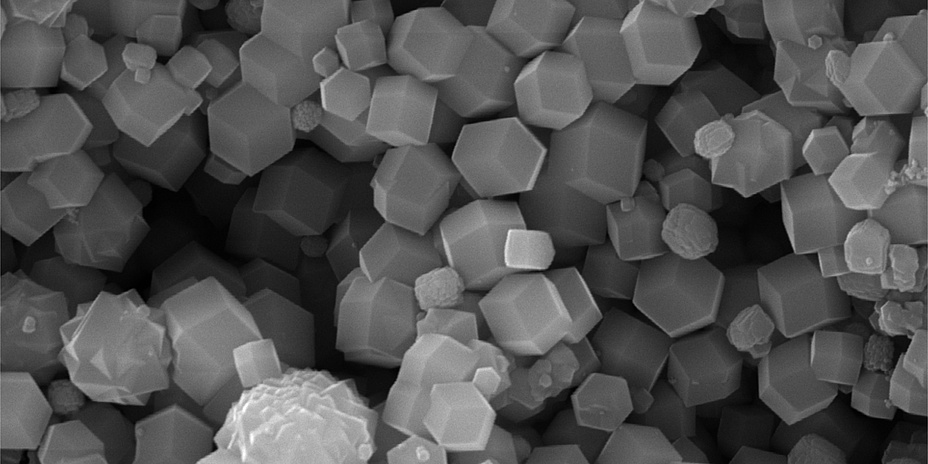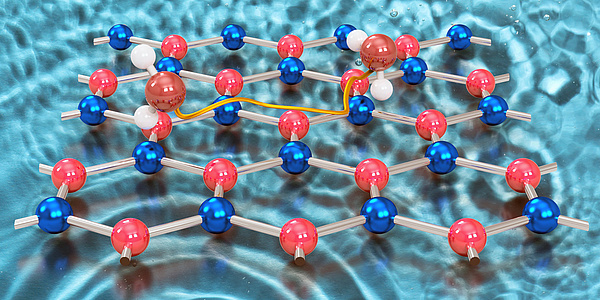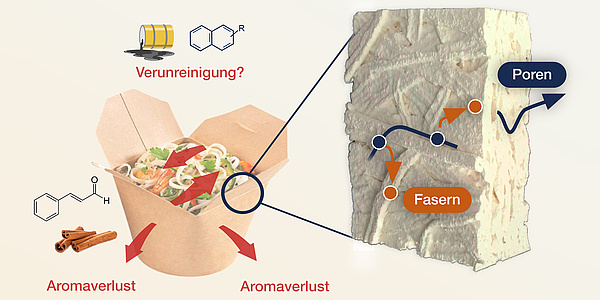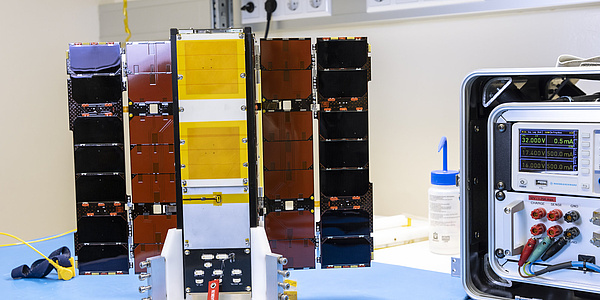Light-active MOF films as a solution for future climate protection technologies

An international consortium has taken a significant step toward developing scalable, low-energy solutions for carbon capture and storage using metal-organic framework (MOF) films that can reversibly adsorb and release carbon dioxide under mild conditions— triggered only by changes of light and temperature. This could represent a key point to meet carbon neutrality goals.
The study, conducted by an interdisciplinary team that included scientists from the research infrastructure consortium CERIC-ERIC, Elettra Sincrotrone Trieste, Graz University of Technology (TU Graz) and the Istituto Officina dei Materiali (IOM) of the National Research Council of Italy (IOM-CNR), has been recently published in Nature Communications. In their research, scientists addressed a critical challenge in the field: adapting highly porous MOF materials into practical, durable, and responsive assemblies for the use in carbon capture and storage technologies, while maintaining their structural integrity and sorption capacity.
MOF Films Based on Zinc
Carbon neutrality goals aim to mitigate human impact on climate change achieving a balance between carbon dioxide (CO2) emissions and its adsorption or sequestration from the atmosphere. Within this context, MOFs, known for their exceptional porosity and tunable chemistry, are among the most promising candidates for future CO₂ mitigation strategies. However, their integration and use have been slowed down by difficulties in fabricating functional, stable forms—especially films or membranes—compatible with industrial systems. In this new study, researchers engineered flexible Zn-based MOF films grown as heteroepitaxial layered structures on substrates. These films incorporate functionalized organic linkers, including photo-switchable molecules like azobenzene, enabling reversible CO₂ capture triggered by light (both ultraviolet and visible).
“Our findings show that it is possible to design MOF films that not only operate at near-ambient conditions but can be controlled remotely using light—an appealing strategy for smart and energy-efficient carbon capture, that enables at the same time a non-invasive control over the system,” says principal investigator author Dr Sumea Klokic, who designed the experiment and performed the related measurements in the framework of CERIC-ERIC research and is now scientist at the Institute of Inorganic Chemistry at TU Graz.
The full paper, Flexible metal-organic framework films for reversible low-pressure carbon capture and release,
is available in Nature Communications at the following link: https://doi.org/10.1038/s41467-025-60027-6
Kontakt
Sumea KLOKIC
Dipl.-Ing. Dr.rer.nat. BSc MSc
TU Graz | Institute of Inorganic Chemistry
sumea.klokic@tugraz.at




